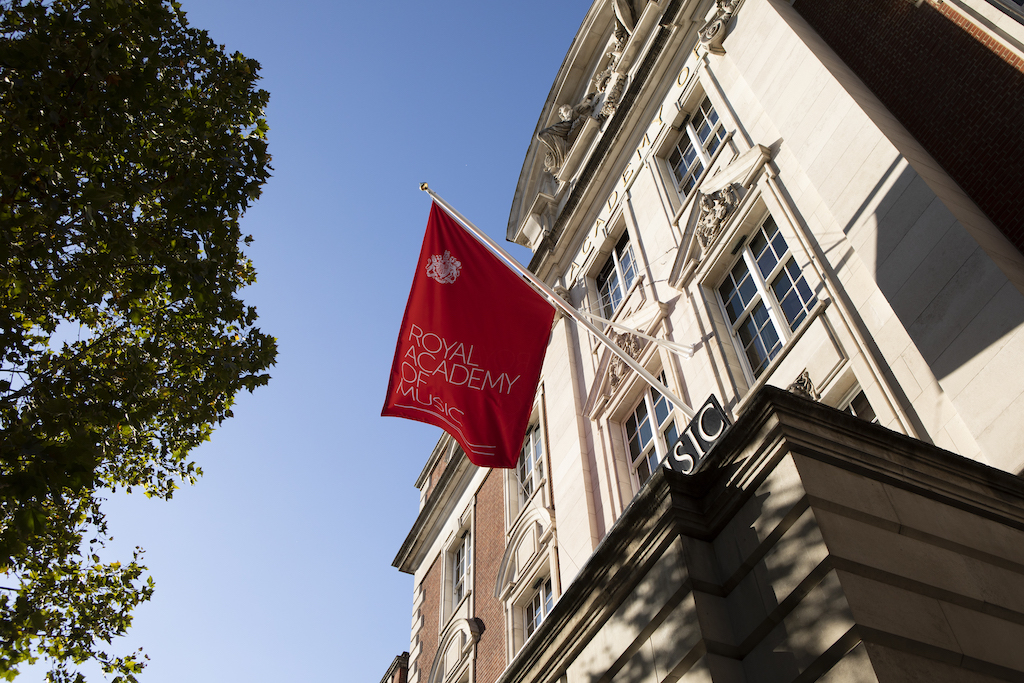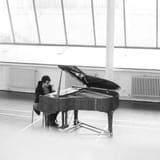Harmony in Leadership: A Conversation with Jonathan Freeman-Attwood
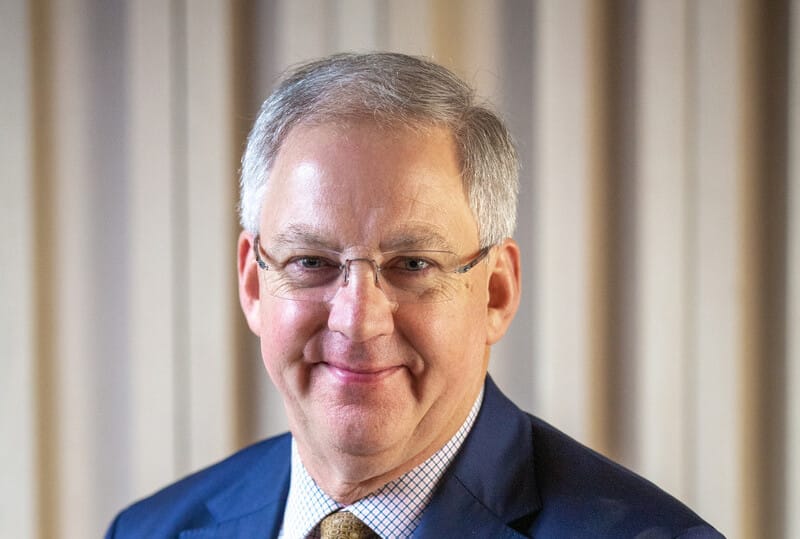
Professor Jonathan Freeman-Attwood CBE has not only shaped the landscape of classical music but has transformed the education narrative for over 35 years. Currently serving as the 14th Principal of the Royal Academy of Music since 2008, his journey has been marked by an unwavering commitment to education, coupled with multifaceted contributions as a recording producer, freelance trumpet player, writer, and broadcaster.
Jonathan has been instrumental in launching pioneering programs and fostering international relationships, including a 20-year collaboration with The Juilliard School in New York. His visionary leadership has driven major initiatives, from the establishment of the Academy’s recording label—producing nearly 40 titles—to the realization of ambitious capital projects, including the award-winning Susie Sainsbury Theatre and Angela Burgess Recital Hall.
Beyond his administrative prowess, Jonathan is an accomplished trumpet soloist with 10 solo albums to his name, showcasing his musical originality and effective reimagining of the trumpet as a chamber instrument. As a Fellow of King’s College London and the recipient of fellowships from Royal Northern College of Music and Royal College of Music, Jonathan’s influence extends far beyond the Royal Academy. He serves on advisory boards, holds positions of vice-presidency, and contributes significantly to various trusts and institutions.
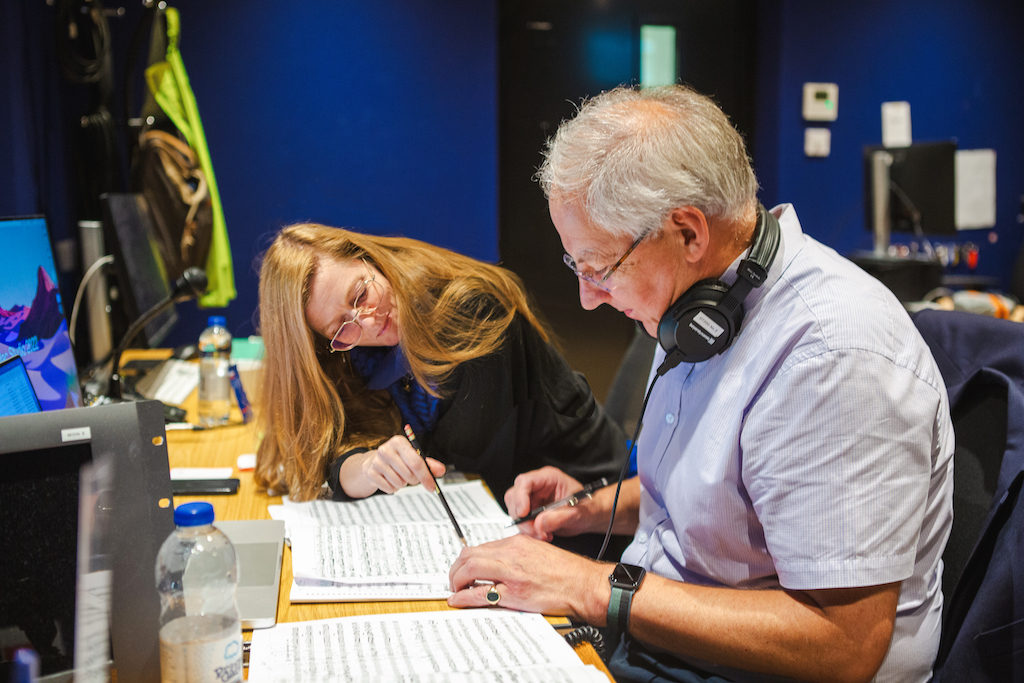
Nikhil Sardana: Could you please share a pivotal moment from your musical journey that inspired you to pursue a career in both education and performance? How did this experience shape your path?
Jonathan Freeman-Attwood: From a young age, I was uncertain about my musical direction, having diverse interests in music. In the 1970s, access to music was limited, and my passion for it was nurtured by various opportunities. My father exposed me to classical music early on. I chose to study in North America for a broader education, winning a scholarship.
Returning, I spent two years at Oxford, balancing trumpet playing with research and writing. My career has spanned trumpet playing, writing, and producing commercial recordings. I’ve collaborated on nearly 300 recordings, laying the groundwork for the Academy label.
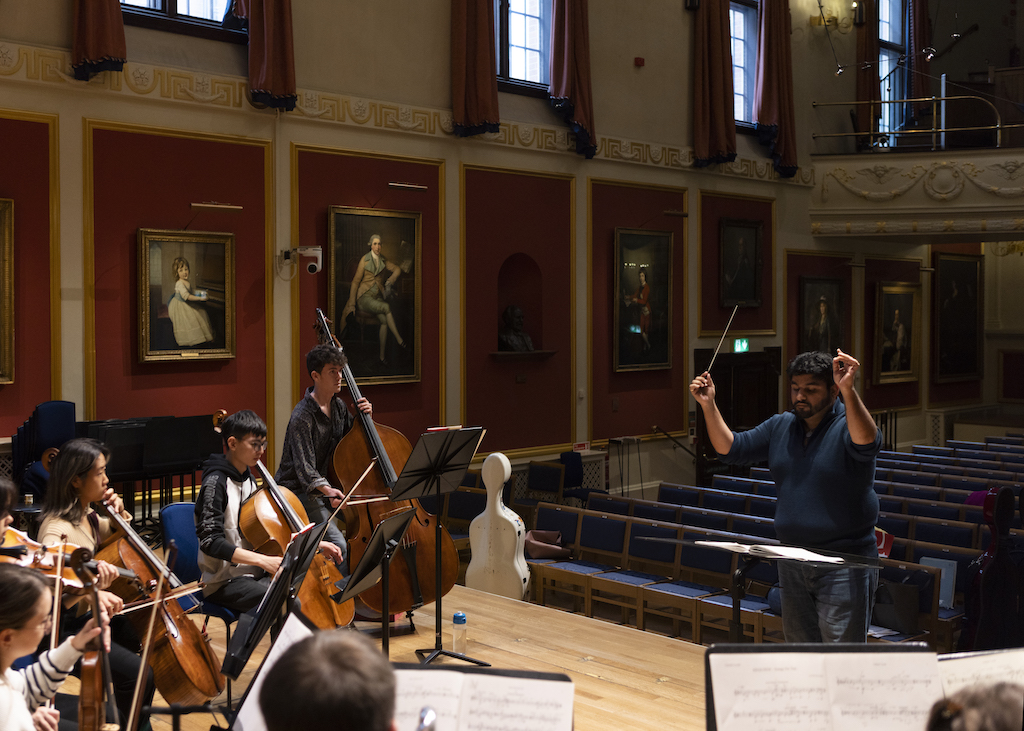
NS: Your solo albums have received praise for their innovative approach to the trumpet as a chamber instrument. Could you provide insight into your creative process when reimagining works from various time periods? How do you strike a balance between historical accuracy and musical interpretation?
JFA: It’s important to consider that some listeners may find my unconventional use of the trumpet, especially with pieces from various time periods, to be controversial. Critics may label it a ‘travesty,’ particularly when playing works like Monteverdi with a modern trumpet and Steinway piano. However, my approach is rooted in deep respect for the music and its associated performance practices.
My creative process involves integrating historical embellishments, gestures, and soundscapes into the reinterpretation of these works. I don’t aim to recreate a specific historical setting but rather to experiment with materials gathered from various sources, using a trumpet and piano to craft a unique interpretation. Reflecting on the numerous trumpet-piano albums I’ve produced, some pieces may not have worked as effectively, such as a Johann Christoph Bach motet. On the other hand, a Rameau Suite we tackled about 15 years ago successfully captured the essence of Rameau’s spirit, focusing on internal dance gestures and creating a dialogue between the piano and trumpet.
In essence, we’ve been developing a performance practice for trumpet and piano in this repertoire, examining its suitability as concert music. Published material is now being performed by others, expanding the limited repertoire for trumpet and piano. Reimagining pieces from Monteverdi to Richard Strauss allows trumpet players to tackle the challenges of interpreting excellent music, demanding careful preservation of the original work’s spirit while exploring new directions that suit modern instruments. It’s a captivating journey.
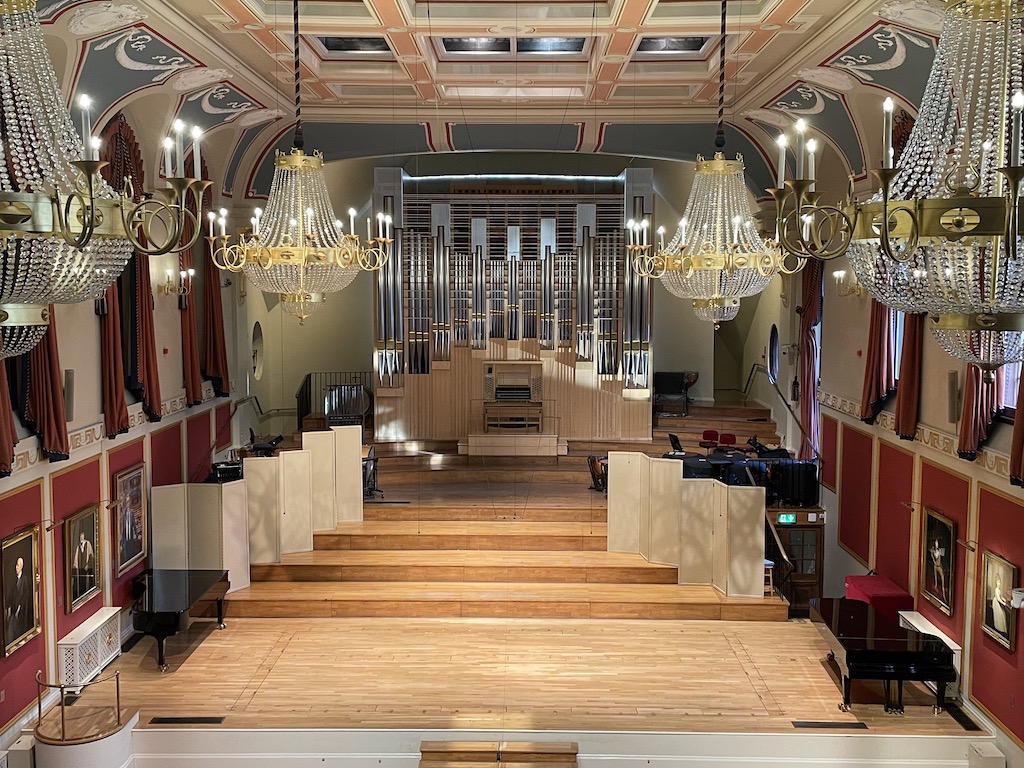
NS: Your involvement in various transformative capital projects, including the award-winning Susie Sainsbury Theatre, has significantly impacted the Royal Academy of Music’s physical and artistic landscape. Could you discuss the importance of these projects in shaping the institution’s identity?
JFA: My involvement in transformative capital projects, notably the Susie Sainsbury Theatre, has significantly shaped the Royal Academy of Music’s physical and artistic landscape. When I started teaching, Marylebone wasn’t considered upscale, and we faced challenges in building and expanding in this area. Our journey began with a purpose-built conservatoire, replacing the original building from over 200 years ago. Acquiring properties in the late 1990s, we maximized every available space, establishing a new practice centre. The Susie Sainsbury Theatre project, situated at the heart of our premises, was a monumental undertaking, requiring meticulous planning.
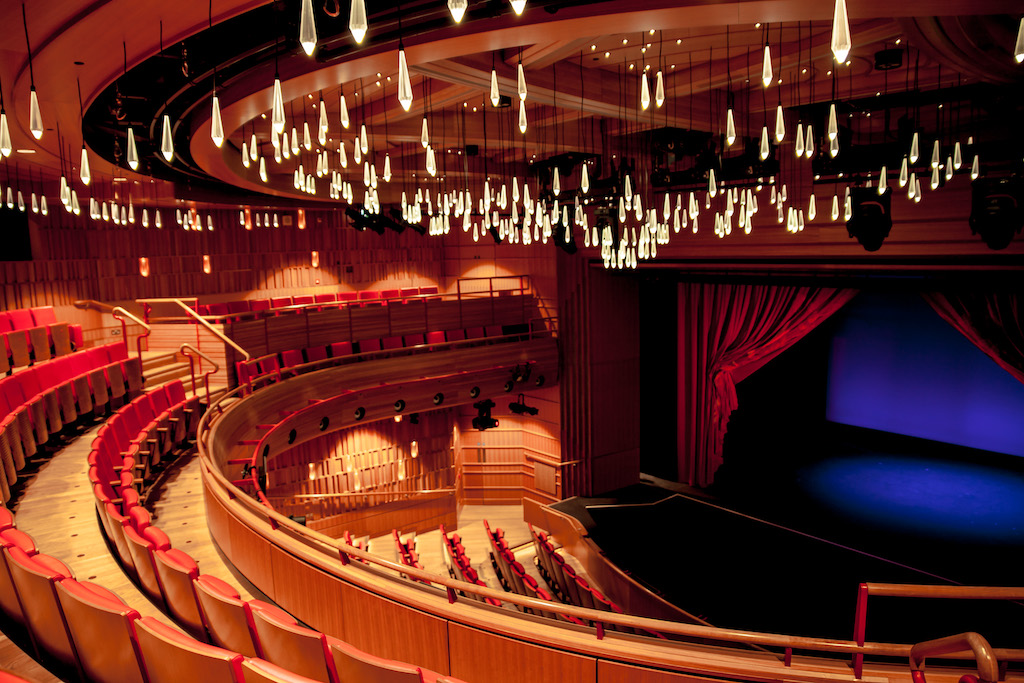
The project’s success was attributed to a remarkable architect and the support of generous donors who recognized the need for a top-tier theatre with the highest quality materials, acoustical properties, and technology. Though expensive, the result is a beautiful, world-class theatre, complemented by a recital hall above it and studios for percussion and practice beneath it. This project has truly transformed our institution in an extraordinary way.
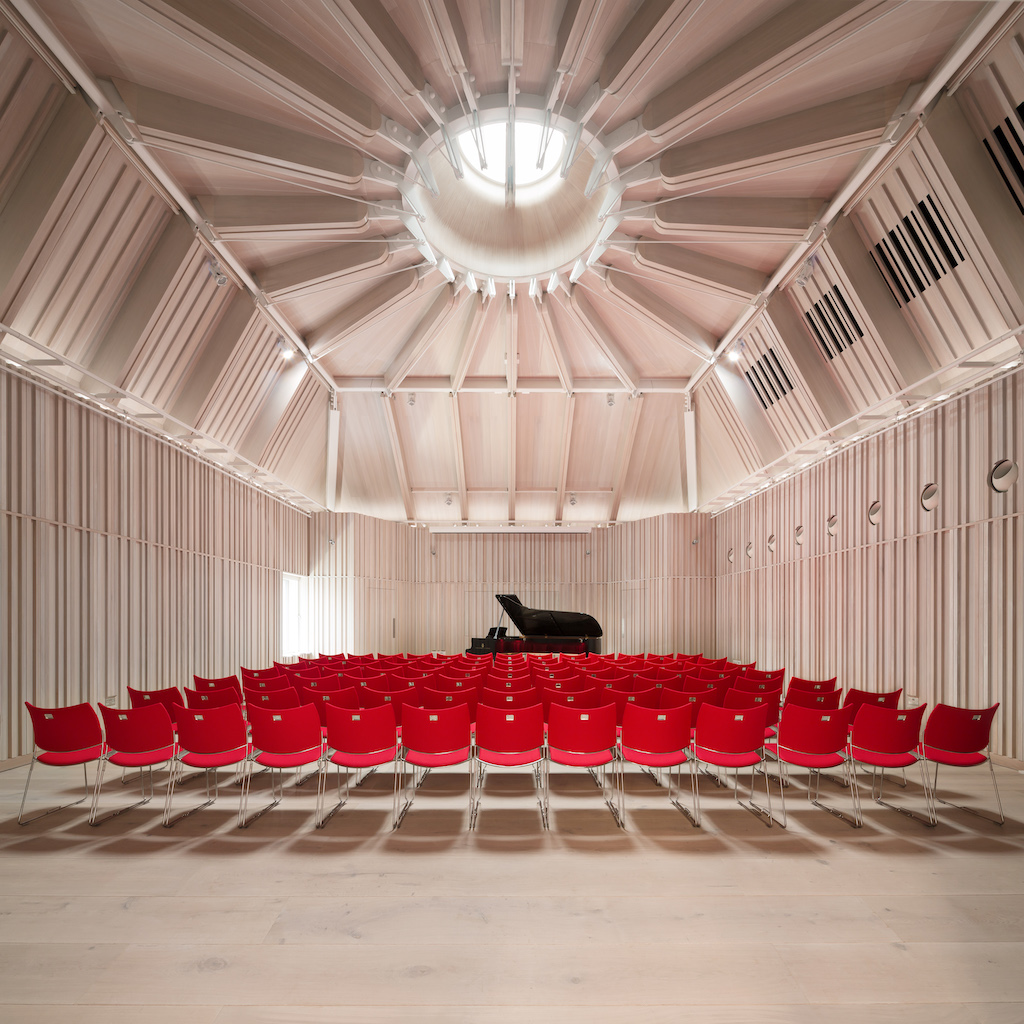
NS: The Academy’s record label has been a valuable platform for young artists to gain experience in studio work, which many institutions don’t typically offer. How does this initiative contribute to a well-rounded education for students and prepare them for the demands of a modern music career?
JFA: The Academy’s record label has evolved over 25 years, initially aiming to introduce rare pieces to the recording catalogue. Today, the central goal is to emphasize recording as a creative process integral to every performer’s experience. While nearly everything is now accessible, the unique learning curve of recording helps artists navigate the studio environment, teaching them to make the most of each take. It’s a liberating process, akin to constructing a performance in a studio, and offers a chance to explore multiple attempts.
Recording prompts artists to assess their performances critically, considering factors like repeated listening, architectural soundness, and richness in colour and interest. It’s a vibrant creative process that parallels live performance, as artists perform for each other and a small audience, including the producer and engineer. Providing young musicians with recording opportunities is empowering, instilling confidence as they leave a mark for posterity. Collaborations with institutions like Juilliard and the Glenn Gould School have been fantastic experiences, bringing enthusiasm and dedication to projects. Working with young artists is invigorating, and their commitment often leads to astonishing results, showcasing their unwavering dedication.
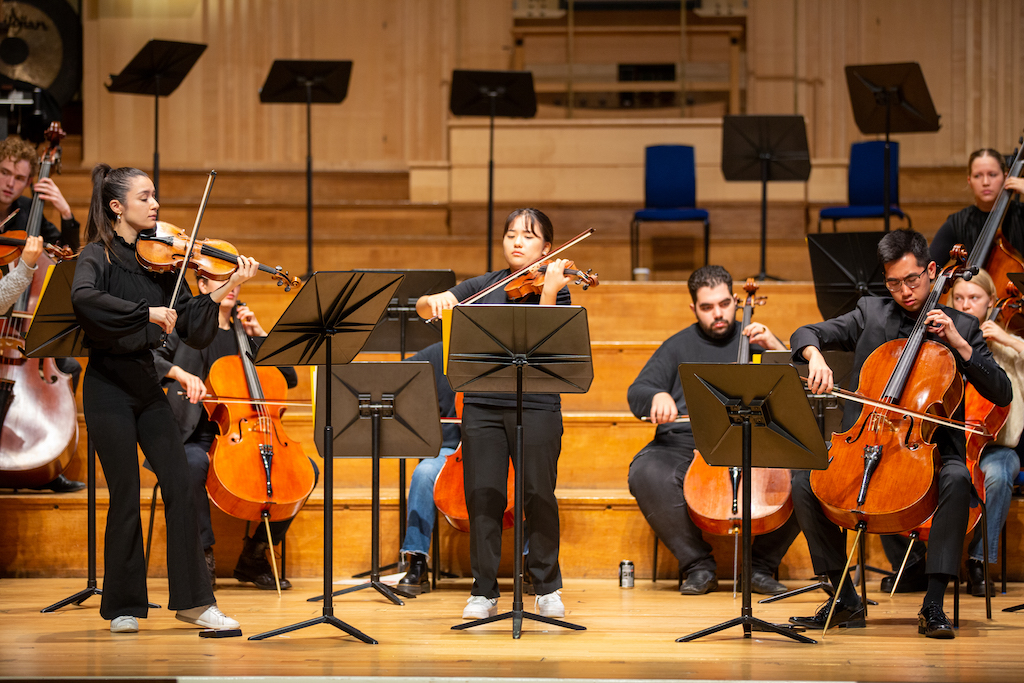
NS: The Royal Academy of Music, with its global reputation, attracts students from diverse cultural backgrounds. How does the academy embrace diversity and create an inclusive educational environment that celebrates various musical traditions?
JFA: The Royal Academy of Music embraces diversity and celebrates various musical traditions by welcoming students from around the world who bring their unique experiences and interests. While the academy may not offer a principal study in certain musical traditions, it encourages students to infuse their cultural influences into their music, creating a unique sense of immersion in global sounds. The institution, through an organic process, allows for the exploration of diverse music, facilitated by technology and an open-minded, boundary-free approach among young musicians.
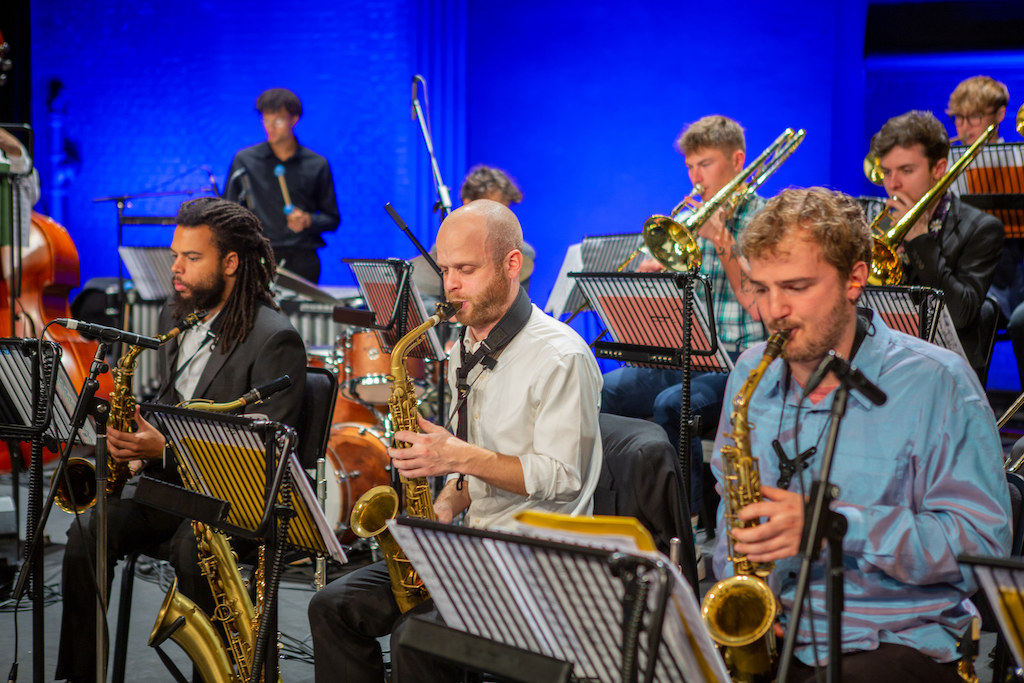
The academy offers studies in Western classical music, jazz, musical theatre, and composition, but it doesn’t necessarily provide principal studies for instruments without prominent professional outlets. Despite this, the nuances of a global musical language are naturally integrating into the programs. The challenges and opportunities of diversity have become a pivotal topic, sparking a vigorous debate and engagement throughout the institution, involving staff, students, and programming.
Addressing diversity involves a critical examination of syllabuses and a commitment to finding ways for students to express themselves beyond the curriculum. The initiative ‘Students Create’ provides an open platform for students to showcase their innovative projects, encouraging cross-pollination of ideas and performances that highlight the richness of diversity and musical expression within the Royal Academy of Music.

NS: Can you offer guidance to young musicians aspiring to make their mark in the music scene? Additionally, what advice do you have for individuals who may not have the opportunity to study at a prestigious institution like the Royal Academy of Music?
JFA: For young musicians aspiring to make their mark in the music scene, I would offer guidance rooted in two main directions. Firstly, embrace change as a catalyst for healthy creativity. This openness allows classical music to evolve, ensuring a broader representation of society feels connected to it. The goal is for more people to perceive classical music as a part of their own cultural wealth, enriching our understanding of the fantastic body of work composed over the last 500 to 800 years.
The second path involves the careful nurturing and preservation of classical traditions. It’s essential to unapologetically foster these traditions, recognizing that change doesn’t mean discarding established practices. Instead, it involves applying new methods to ensure the lasting significance of the music we perform. Great works, whether in literature, painting, or music, can endure various interpretations while maintaining craftsmanship and depth of interpretation.
As an institution like the Royal Academy, safeguarding the legacies of iconic composers like Bach, Mozart, and Beethoven is crucial. While their works can be reimagined and challenged, they should never be dismissed. We must continue to add to this canon, expanding it with music of genuine quality and broader representation in terms of culture and gender.
The future isn’t an ‘either/or’ scenario; it’s a continuous process of growth, development, and respect. It’s about honouring what we’ve had and respecting what we have now, creating a harmonious blend of tradition and innovation.
